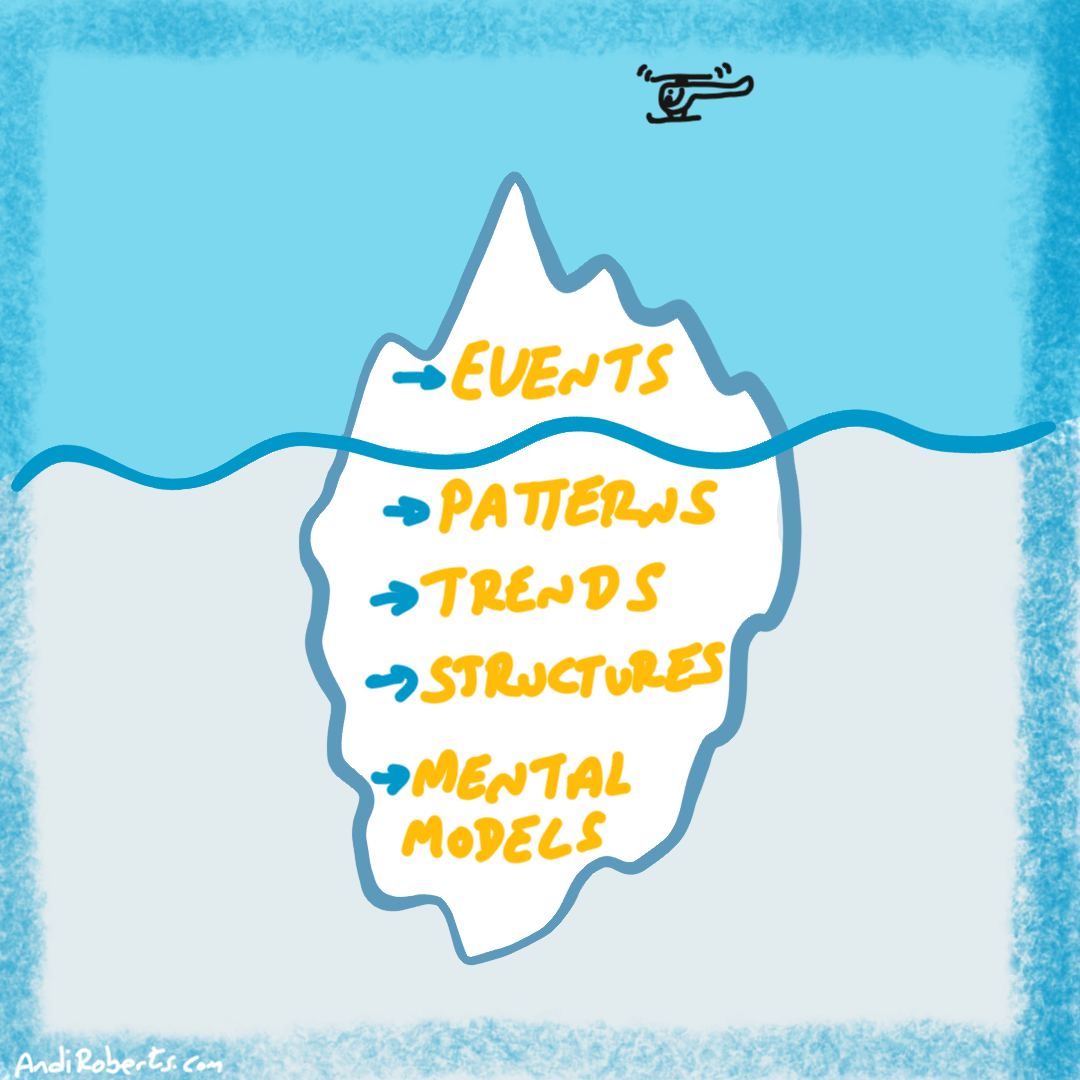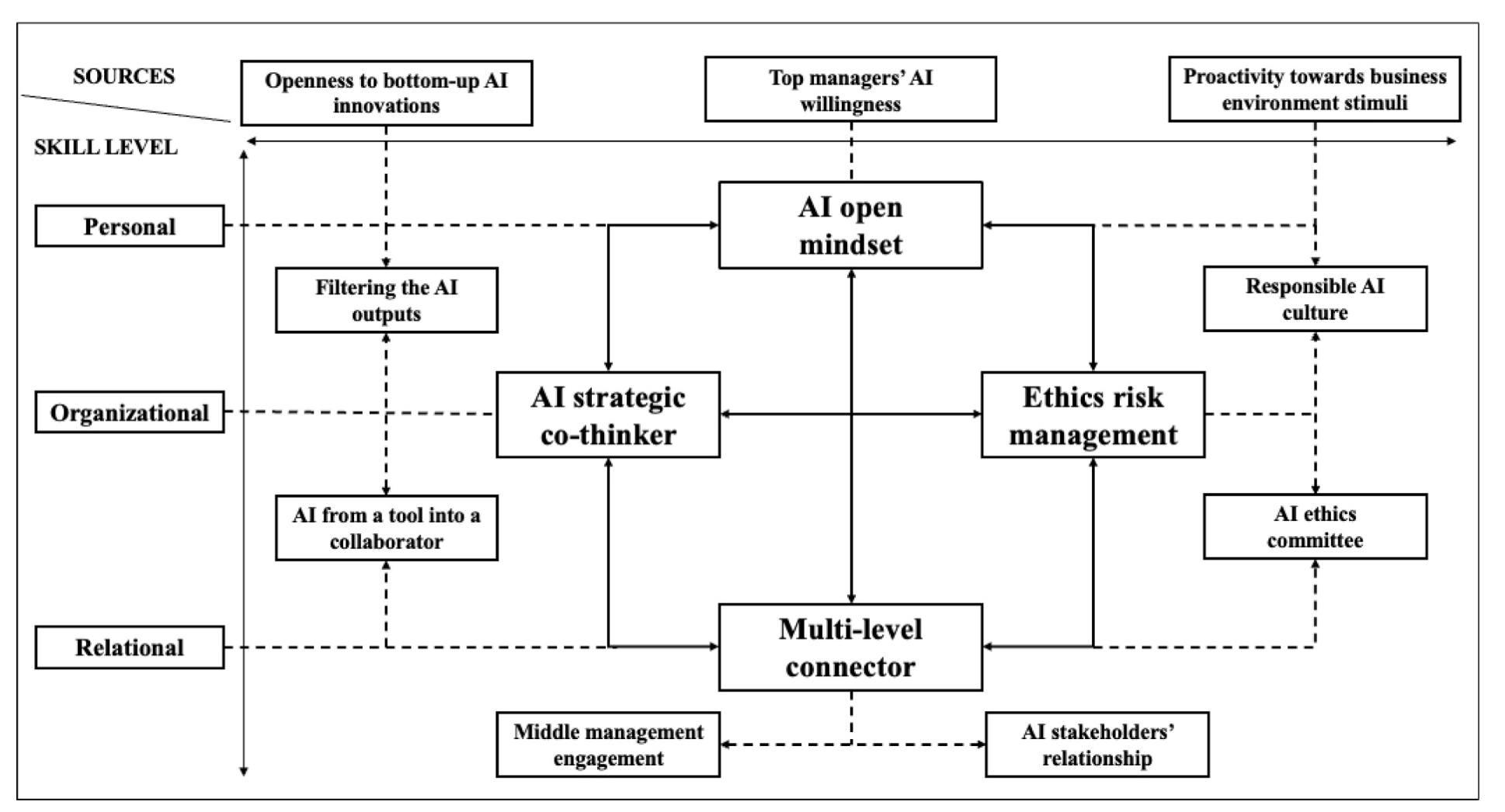The belief that a good plan guarantees successful change is still common in many organisations. It is especially persistent in project-based cultures, where plans serve as both a comfort and a credential. A detailed timeline, a sequence of milestones, and a set of deliverables are often taken as proof that change is not only possible but already under control.
This belief has a long history. It reflects a time when much of organisational life was mechanical and predictable. Planning made sense when problems were technical, resources stable, and people mostly followed instructions. In those settings, a good plan often did lead to success. That legacy still shapes how change is approached today.
But many of today’s challenges do not behave like projects. Shifts in culture, strategy, or identity are not linear. They involve multiple perspectives, uncertain consequences, and constant interaction. In these environments, outcomes emerge through iteration, not execution. The most elegant plan cannot predict how people will respond to ambiguity or what new learning will arise along the way.
Still, the planning instinct holds strong. It reassures leaders who are expected to provide clarity. It gives shape to conversations and makes accountability visible. It provides something to show stakeholders, even when the future remains unresolved. The idea that a good plan equals good leadership is deeply ingrained.
The risk is not in planning itself, but in how it is used. When plans become a substitute for attention, or when leaders treat uncertainty as a problem to be solved rather than a reality to be worked with, organisations become less adaptive. They become better at following a script than responding to the moment.
This article explores why this myth survives, what it costs, and what it takes to lead change when the future cannot be fully known.
Why the myth endures
The appeal of planning runs deeper than logic. A well-structured plan offers a sense of control, especially in times when outcomes are unclear. It creates the impression that the future can be known, managed, and shaped in advance. This comforts those who must justify action in high-stakes environments. It turns uncertainty into a sequence of tasks.
Organisations are built to value this. They are more likely to reward coherence than curiosity. Project reviews ask for progress against plan, not insight gained along the way. Leaders are assessed on predictability and delivery. Within these systems, a detailed plan is not just a tool; it is a signal of competence.
There is also a subtle fear behind the myth. To admit that a change cannot be fully planned is to admit that outcomes are not entirely in our hands. For many leaders, this feels like a risk to their authority. Plans become a way to shield others from discomfort and themselves from exposure.
Over time, this creates a culture where responsiveness is treated as drift, and learning is seen as a delay. The myth is not kept alive by ignorance, but by the structure of expectations that surround those who lead. It continues because it protects us from the deeper truth: that progress in complexity depends less on prediction and more on participation.
The cost of believing this works
When organisations rely too heavily on planning as the engine of change, they begin to prioritise alignment over awareness. The first cost is learning. Teams focus on staying within scope rather than exploring what is shifting around them. Insight is sidelined by deadlines. Questions are postponed in favour of progress updates.
The second cost is responsiveness. Once the plan is set, it becomes harder to name what no longer fits. People hesitate to raise concerns that might imply the plan was flawed. Adjustments are treated as disruptions instead of signals. Over time, the organisation becomes more attached to the plan than to the reality it is meant to address.
Research supports this concern. John Kotter’s widely cited change model includes eight key steps. Only one of them focuses on planning. The rest centre on urgency, vision, momentum, and behaviour. Many failures occur not because plans were poorly designed, but because the organisation was not prepared to respond when the context shifted.
The Cynefin framework draws a further distinction. In complex systems, the relationship between cause and effect is only clear in retrospect. This calls for experimentation, feedback, and listening. It does not support long-range prediction or rigid control.
Ralph Stacey writes that in unpredictable environments, plans do not create stability. They often suppress the dialogue and reflection needed for people to make sense of what is changing. The appearance of order can crowd out the possibility of insight.
There is also a cultural cost. When leaders treat deviation as failure, people stop raising concerns. They stop offering early feedback. They begin to assume that delivery matters more than discovery. This quiet compliance may look like discipline, but it hides the signals the organisation most needs to hear.
Finally, there is a personal cost. Leaders who feel bound to deliver on the plan often carry the burden of being right. When reality diverges from the roadmap, they may become defensive rather than curious. The role shifts from learning to managing appearances. Energy is spent preserving the plan instead of responding to the moment.
The result is motion without growth. The project may advance, but the organisation does not become more capable. What looks like progress may be little more than persistence in a direction that no longer fits.
What the research says about how change really works
The field of change management has moved well beyond the idea that success is secured through rigorous planning alone. Contemporary research suggests that while structure and coordination remain important, the key differentiator in successful change efforts is adaptability.
Ronald Heifetz makes a foundational distinction between technical and adaptive challenges. Technical challenges can be addressed with known procedures. Adaptive challenges require experimentation, shifts in behaviour, and the capacity to learn as conditions evolve (Heifetz, 1994). When organisations treat adaptive problems as if they were technical ones, they tend to over-plan and under-learn.
A 2024 study published in Nomico Journal surveyed 110 organisational respondents and found that change-management effectiveness explained 20.8 percent of the variation in organisational adaptability (R² = 0.208). The authors concluded that while formal planning plays a role, adaptive capacity is better supported by readiness for change, a responsive culture, and cross-functional collaboration (Riyadi et al., 2024).
Further evidence from a systematic review shows that organisational change capability is fragmented across dimensions, but consistently linked to adaptive capacity, the ability to shift direction based on new information or conditions. Rigid adherence to plans can undermine this capacity by freezing attention on pre-defined outcomes rather than ongoing discovery.
The Cynefin framework offers a practical lens here. In complex environments, cause and effect cannot be fully known in advance. Good practice involves probing the system, sensing what emerges, and responding accordingly. Plans are still made, but they function more as hypotheses than predictions (Snowden & Boone, 2007).
Together, these sources reinforce a simple principle: effective change planning is less about perfect prediction and more about disciplined flexibility. Plans provide direction. Progress comes from learning.
What leaders can do
If detailed plans cannot guarantee successful change, what can leaders rely on instead?
The answer is not to discard planning, but to use it differently. Plans should guide focus, not dictate action. Leadership in complex change means designing for learning, not just delivery. It means helping others work with uncertainty instead of hiding it.
Seven practices support this approach.
1. Frame plans as starting points, not scripts
Leaders can model that a plan is not a prediction. It is a current best view. Sharing it as such invites others to engage critically rather than comply passively. For example: “This is how we see things now. We will keep listening and adjust as we learn.” This reframes change as a participatory act, not a compliance task.
2. Plan in loops, not lines
Break the work into smaller cycles. Begin with intention, end with review. Ask: What is emerging? What surprised us? What needs rethinking? This regular rhythm keeps attention on signals, not just steps. It also helps the organisation stay close to real-world consequences instead of abstract milestones.
3. Make adaptation a visible act
When plans shift, name what changed and why. Share the data or conversations that informed the shift. This prevents people from seeing change as arbitrary. It reinforces that responsiveness is thoughtful, not reactive. Over time, it builds a culture where learning is seen as strength.
4. Design feedback into the flow of work
Do not treat learning as something that happens after delivery. Make it part of the work. Include reflective check-ins during delivery cycles. Ask questions that invite insight, not just updates: What is becoming clearer? What do we need to unlearn? This practice builds feedback into the culture, not just the process.
5. Include stakeholders early and often
Involve those affected by the change before the plan is fixed. Invite them to test assumptions, surface blind spots, and co-create the path. This shifts the dynamic from announcing change to building it together. It reduces resistance because people recognise their voice in the outcome.
6. Raise the organisation’s capacity for sensemaking
Complex change requires more than communication. It requires interpretation. Create spaces where people can share what they are noticing. Host sessions that ask, “What patterns are we seeing?” or “What are we learning that we did not expect?” Leaders do not need to have the answers, but they do need to convene the questions.
7. Hold purpose steady while changing the path
Purpose provides the anchor. Even as the plan evolves, the goal remains visible. Reminding teams of the “why” helps them understand the need for flexibility in the “how”. It also provides reassurance that adaptation is not loss of control, but alignment in motion.
At the heart of these practices is a redefinition of control. In complex change, control does not come from sticking to the plan. It comes from staying in relationship with reality.
Closing reflection
The belief that a good plan ensures successful change belongs to an earlier era. It came from a time when predictability seemed achievable and control was the dominant expectation of leadership. That world was built around structure, timelines, and certainty. Many of today’s challenges are shaped instead by relationships, complexity, and emergence.
What worked in simpler systems does not hold in the same way today. When change is adaptive, the path cannot be fully mapped in advance. It must be discovered through practice. Leaders who cling too tightly to the plan may deliver what was initially asked for, but miss what the moment is now asking.
This is not an argument against planning. It is a call to use plans as learning tools rather than control mechanisms. A plan can offer alignment and focus, but it must remain responsive to what the system begins to reveal.
Leadership in this context is not the flawless execution of a fixed roadmap. It is the ongoing work of helping others notice, reflect, and respond. It is the capacity to remain in conversation with what is unfolding, to adjust course without losing commitment, and to stay grounded in purpose even as the details shift.
The myth of the perfect plan offers a kind of safety. But real change asks for something else. It asks for courage, humility, and the willingness to lead through participation rather than prediction. Leaders do not need to hold all the answers. They need to hold the space where better answers can emerge.
Do you have any tips or advice for crafting effective yet adaptable plans? What has worked for you? Do you have any recommended resources to explore?
Thanks for reading!
Sources
Heifetz, R.A. (1994) Leadership without easy answers. Cambridge, MA: Harvard University Press.
Kotter, J.P. (1996) Leading Change. Boston, MA: Harvard Business School Press.
Riyadi, S., Helmita, H., Sumerli, C.H. and Anggoro, Y., 2024. The effect of change management on organizational adaptability in the age of technology. Nomico Journal, 1(8), pp. 77–86.
Snowden, D.J. & Boone, M.E. (2007) ‘A Leader’s Framework for Decision Making’, Harvard Business Review, 85(11), pp. 68–76.
Stacey, R.D. (2011) Strategic Management and Organisational Dynamics: the challenge of complexity to ways of thinking about organisations. 6th edn. Harlow: Pearson.





Leave A Comment